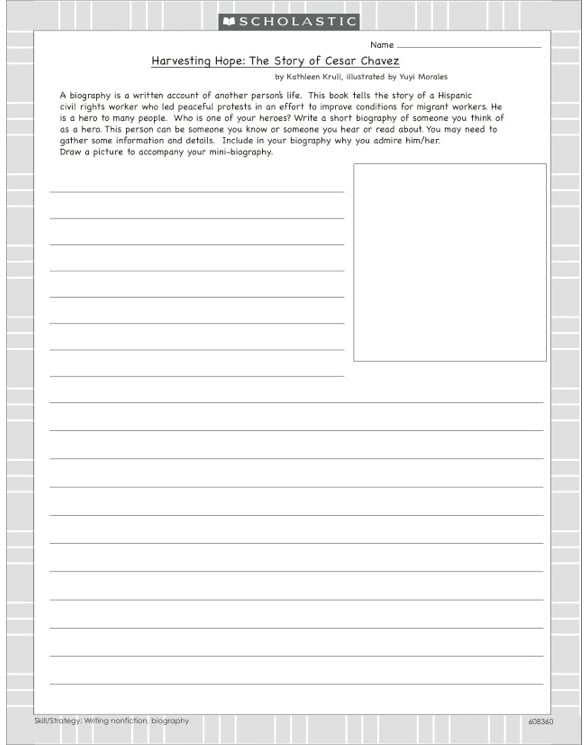

This idea-along with teamwork and cooperation-is what saves the smaller fish from being eaten by the bigger fish. Swimmy’s idea is to have the little fish swim together in formation to present an image of being the biggest fish in the sea. His “weapon”-or power source-is an idea that he introduces to the group. Swimmy, the main character in the story, is a small fish who never engages in a fight, yet he becomes a real hero to other small fish in the sea. I like to think of Swimmy as a hero book for young children.

Others use it to introduce or reinforce the ideas of teamwork and cooperation. Some teachers think of Swimmy as a science book for young children. My favorite in the “hero category” is Swimmy by Leo Lionni. This same poll suggested that young people tend to confuse celebrity-even imaginary celebrity-with real-life sacrifice and leadership when it comes to identifying heroes.Ĭarefully selected books can be used to give young children a broader view of what constitutes a hero. Martin Luther King Jr., Gandhi or Abraham Lincoln. teenagers recognized Superman and Spiderman as heroes more often than Dr.

A poll conducted by the Barron Prize for Young Heroes team several years ago indicated that U.S. Left unchallenged, the image of a hero as a warrior or fighter is likely to stay with them throughout their childhood years. If you asked young children to draw a picture of a hero, what do you think their drawings would depict? Would their drawings suggest that heroes wear armor and carry weapons? Would their figures have fisted hands ready to fight? Such images in children’s drawings would not be a surprise, as those are the kinds of heroes they see in movies, video games and toys.īut not all heroes fight with fists and swords this is a message worth sending to young children.


 0 kommentar(er)
0 kommentar(er)
